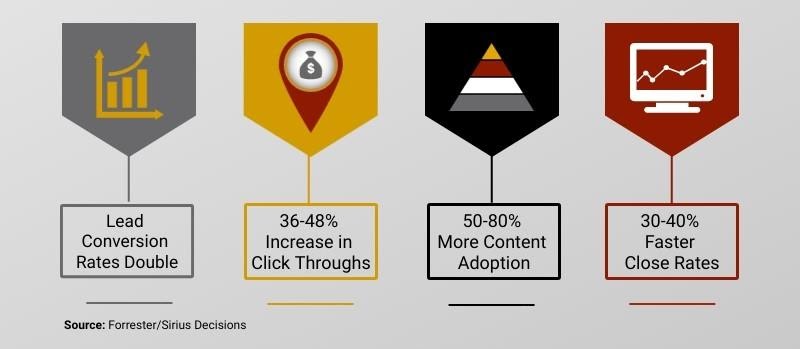I was saddened by Radio Shack’s recent bankruptcy filing. Its convenient stores and helpful staff are easy to find in any city I’m visiting. There is even a store in the tiny community where I live.
 Radio Shack’s 60-year rise and fall is a case study in what happens when a company’s vision isn’t balanced by insight into its customer’s expectations.
Radio Shack’s 60-year rise and fall is a case study in what happens when a company’s vision isn’t balanced by insight into its customer’s expectations.
When Charles Tandy bought a small-time chain of nine stores in 1963, advances in technology and automation pointed to a future where we would all enjoy lives of leisure, freed of the need to spend eight hours a day at the office. Radio Shack would become a place for tinkerers and hobbyists with lots of free time and a desire to explore the brave new world of technology.
Radio Shack employees were drawn from the same pool of hobbyists, so they were ideally suited to engage shoppers with enthusiasm and knowledge. By the mid-1970s, the citizens band radio craze had made the company incredibly profitable. At it’s peak, the company had 7,000 stores.
But as we all know, technology didn’t give us more free time. In fact, in 1979 the average American worker was on the job for 1687 hours a year. By 2007, that number had ballooned to 1868 hours – adding more than a month of extra work hours every year.
We can only speculate about what might have happened had Radio Shack focused on its origins when it jumped into the personal computer market in 1977 with the TRS-80. This was a time when computers were often assembled from kits, but Tandy chose to sell his pre-assembled in one box. Radio Shack had found success marketing to “do-it-yourselfers,” so why would they not continue to do so with their computers? It’s hard to say, but the TRS-80 is now barely a footnote in computing history, and marked the beginning of the decline for the corporation.
Over the next few decades, the company flailed about, expanding their product selections to focus more on consumer electronics and launching a mail-order catalog business. Their ability to solve a unique problem for their buyers continued to deteriorate, as there were plenty of other players in the consumer electronics space, and the Internet quickly made mail-order catalogs obsolete. Attempts to launch a “big box” electronics chain failed, and the company sold off the electronics manufacturers that made their house brands to focus on third-party products, with disastrous results.
By 2011, stock prices had fallen from $24.33 to $2.53 a share, and in January the company announced they were filing for bankruptcy.
Radio Shack is only one of many market leaders who lost their way as their vision came face-to-face with customer expectations. Similar failures to understand their target buyer and deliver on their specific needs have defeated behemoth companies like Unisys, Digital Equipment Corporation and countless others.
The changes that cause large, successful companies to fail are rarely sudden, which is why they are so easy to dismiss and also why they are so disturbing. Like Radio Shack, most companies have many opportunities to adjust their strategies to align with their buyers’ needs. Radio Shack might well have survived had they maintained their focus on their audience of electronics hobbyists and adjusted their strategies accordingly. Instead, they pursued a “me too” strategy that stripped them of their purpose, steadily reducing their unique product offerings to sell mobile phones and consumer gear that could be purchased anywhere. The hobbyists went elsewhere, and in the end, Radio Shack couldn’t serve any buyer better than some other store could.
It’s too late for Radio Shack, but it doesn’t have to be too late for your company. If you’re developing strategies without understanding your customer’s expectations, consider the possibility that you might be missing facts that will be retold in a story like this.
And beware of the online tools that help you build buyer personas without interviewing real buyers. As the people at Radio Shack can attest, it is incredibly dangerous to recycle your internal mis-perceptions into a new template and rely on your own hopes and vision.
P.S. My new book “Buyer Personas: How to Gain Insights into your Customer’s Expectations, Align your Marketing Strategies, and Win More Business” (Wiley) is now shipping.





